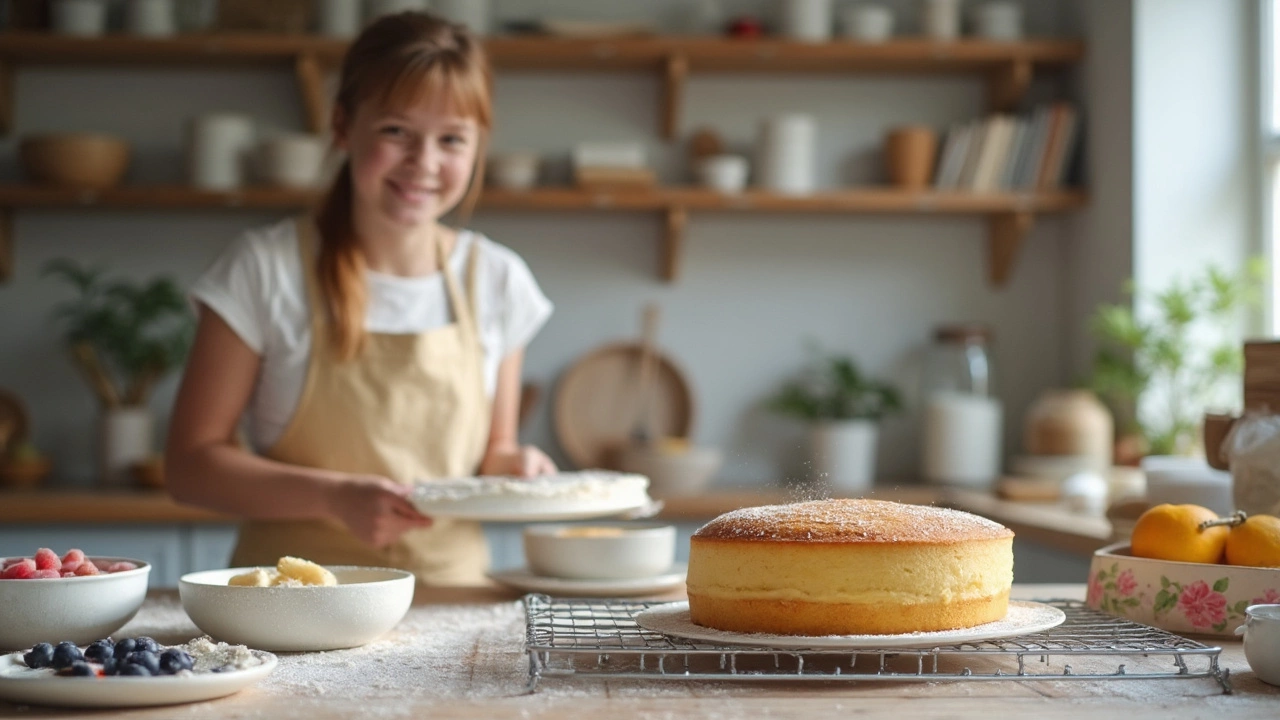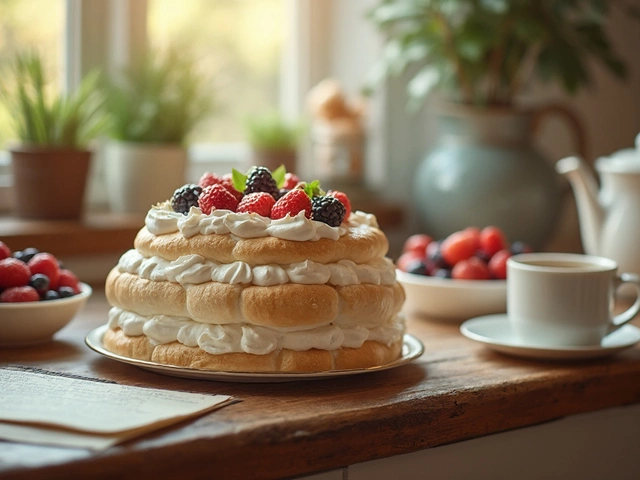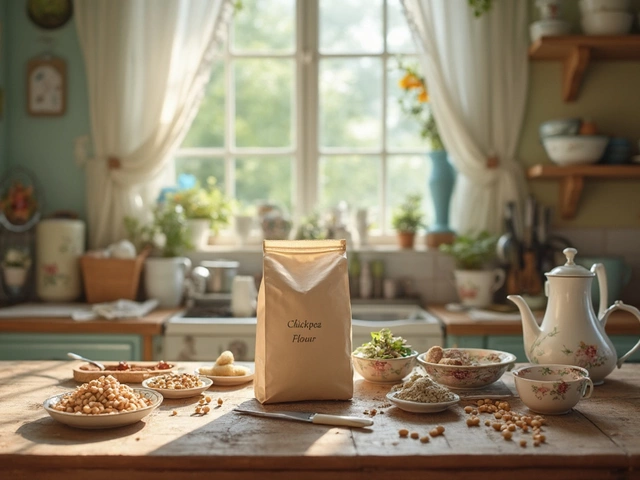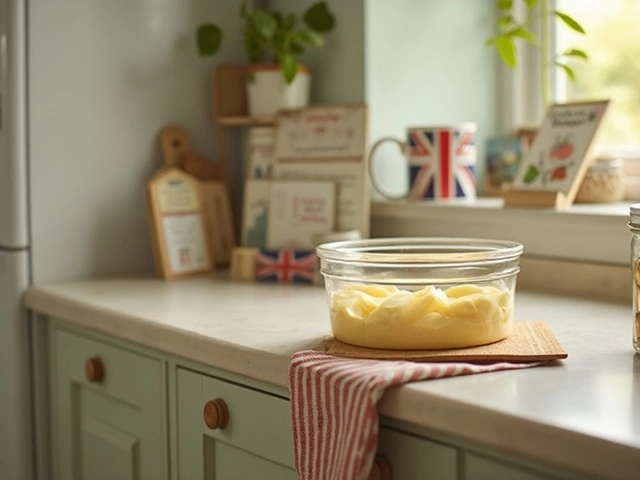Sponge Cake Recipes & Tips – Easy, Fluffy & Delicious
If you’ve ever stared at a plain cake mix and thought, “I can do better,” you’re in the right place. Sponge cake is the blank canvas every baker loves – light, airy, and ready for any flavor or decoration. Below you’ll find the basics, a few quick tricks, and ideas to make your sponge the star of any celebration.
Why Sponge Cake Is a Kitchen Staple
First off, sponge cake is forgiving. It relies on beaten eggs and sugar for lift, so you don’t need a lot of fancy equipment. That means a simple hand whisk or a basic stand mixer can do the job. The texture stays soft even after a day, which makes it perfect for layering with fruit, frosting, or those cute red‑car toppers we love.
Second, it’s versatile. Add vanilla, lemon zest, cocoa powder, or matcha to the batter and you’ve got a new flavor in minutes. Mix‑ins like berries or chocolate chips work just as well. Because the base is neutral, you can dress it up for a birthday, a baby shower, or a casual tea.
Finally, sponge cake is budget‑friendly. With just flour, sugar, eggs, and a little butter or oil, you can feed a crowd without breaking the bank. It’s also a great way to use up leftover ingredients – think of that tub of vanilla extract or a handful of nuts you’ve got in the pantry.
Quick Tips for Perfect Sponge Every Time
1. Beat Those Eggs Well. The rise of a sponge comes from trapped air in the egg‑sugar mixture. Use a whisk or mixer on medium‑high speed for at least 8‑10 minutes until the mixture is pale, thick, and ribbons fall slowly from the beaters.
2. Sift the Dry Stuff. Flour and baking powder (if you use any) should be sifted twice. This prevents lumps and keeps the batter light.
3. Fold, Don’t Stir. Once you combine the dry ingredients with the egg mixture, gently fold using a spatula. Over‑mixing will deflate the air you just worked so hard to create.
4. Use the Right Pan. A 20‑cm (8‑inch) round or square pan works best. Grease it lightly and line with parchment paper to avoid any sticky edges.
5. Watch the Oven. Preheat your oven to 180°C (350°F) and bake for 20‑25 minutes. The top should be golden and a toothpick inserted in the centre comes out clean. If it starts to brown too fast, cover loosely with foil.
Once out of the oven, let the cake rest in the pan for 5 minutes, then flip onto a wire rack. This stops the bottom from getting soggy and helps the sponge stay fluffy.
Now that you’ve got the basics down, it’s time to get creative. Try layering your sponge with whipped cream and fresh strawberries for a classic summer cake, or drizzle a chocolate ganache and sprinkle edible glitter for a party-ready showstopper. Need a quick dessert? Cut the sponge into cubes, toss with berries and a splash of vanilla‑spiked cream for a simple trifle.
Whatever you decide, remember that sponge cake is all about simplicity and the joy of turning a few pantry staples into a tasty masterpiece. Grab a bowl, whisk those eggs, and let the magic rise. Happy baking!






